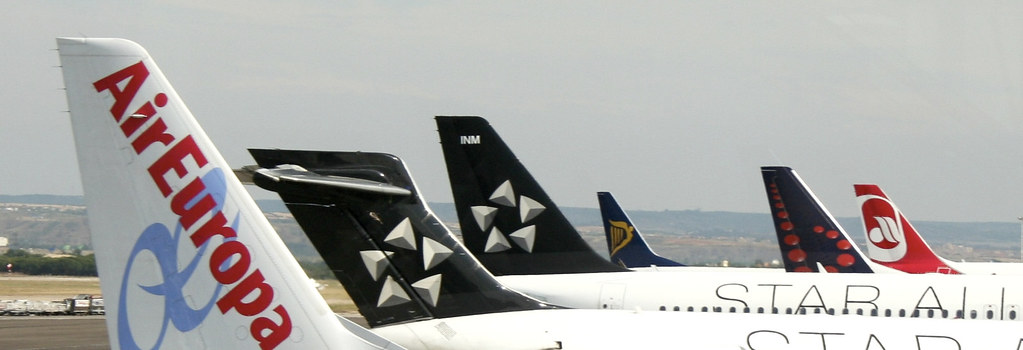2.11: La hora
- Page ID
- 44535
\( \newcommand{\vecs}[1]{\overset { \scriptstyle \rightharpoonup} {\mathbf{#1}} } \)
\( \newcommand{\vecd}[1]{\overset{-\!-\!\rightharpoonup}{\vphantom{a}\smash {#1}}} \)
\( \newcommand{\id}{\mathrm{id}}\) \( \newcommand{\Span}{\mathrm{span}}\)
( \newcommand{\kernel}{\mathrm{null}\,}\) \( \newcommand{\range}{\mathrm{range}\,}\)
\( \newcommand{\RealPart}{\mathrm{Re}}\) \( \newcommand{\ImaginaryPart}{\mathrm{Im}}\)
\( \newcommand{\Argument}{\mathrm{Arg}}\) \( \newcommand{\norm}[1]{\| #1 \|}\)
\( \newcommand{\inner}[2]{\langle #1, #2 \rangle}\)
\( \newcommand{\Span}{\mathrm{span}}\)
\( \newcommand{\id}{\mathrm{id}}\)
\( \newcommand{\Span}{\mathrm{span}}\)
\( \newcommand{\kernel}{\mathrm{null}\,}\)
\( \newcommand{\range}{\mathrm{range}\,}\)
\( \newcommand{\RealPart}{\mathrm{Re}}\)
\( \newcommand{\ImaginaryPart}{\mathrm{Im}}\)
\( \newcommand{\Argument}{\mathrm{Arg}}\)
\( \newcommand{\norm}[1]{\| #1 \|}\)
\( \newcommand{\inner}[2]{\langle #1, #2 \rangle}\)
\( \newcommand{\Span}{\mathrm{span}}\) \( \newcommand{\AA}{\unicode[.8,0]{x212B}}\)
\( \newcommand{\vectorA}[1]{\vec{#1}} % arrow\)
\( \newcommand{\vectorAt}[1]{\vec{\text{#1}}} % arrow\)
\( \newcommand{\vectorB}[1]{\overset { \scriptstyle \rightharpoonup} {\mathbf{#1}} } \)
\( \newcommand{\vectorC}[1]{\textbf{#1}} \)
\( \newcommand{\vectorD}[1]{\overrightarrow{#1}} \)
\( \newcommand{\vectorDt}[1]{\overrightarrow{\text{#1}}} \)
\( \newcommand{\vectE}[1]{\overset{-\!-\!\rightharpoonup}{\vphantom{a}\smash{\mathbf {#1}}}} \)
\( \newcommand{\vecs}[1]{\overset { \scriptstyle \rightharpoonup} {\mathbf{#1}} } \)
\( \newcommand{\vecd}[1]{\overset{-\!-\!\rightharpoonup}{\vphantom{a}\smash {#1}}} \)
\(\newcommand{\avec}{\mathbf a}\) \(\newcommand{\bvec}{\mathbf b}\) \(\newcommand{\cvec}{\mathbf c}\) \(\newcommand{\dvec}{\mathbf d}\) \(\newcommand{\dtil}{\widetilde{\mathbf d}}\) \(\newcommand{\evec}{\mathbf e}\) \(\newcommand{\fvec}{\mathbf f}\) \(\newcommand{\nvec}{\mathbf n}\) \(\newcommand{\pvec}{\mathbf p}\) \(\newcommand{\qvec}{\mathbf q}\) \(\newcommand{\svec}{\mathbf s}\) \(\newcommand{\tvec}{\mathbf t}\) \(\newcommand{\uvec}{\mathbf u}\) \(\newcommand{\vvec}{\mathbf v}\) \(\newcommand{\wvec}{\mathbf w}\) \(\newcommand{\xvec}{\mathbf x}\) \(\newcommand{\yvec}{\mathbf y}\) \(\newcommand{\zvec}{\mathbf z}\) \(\newcommand{\rvec}{\mathbf r}\) \(\newcommand{\mvec}{\mathbf m}\) \(\newcommand{\zerovec}{\mathbf 0}\) \(\newcommand{\onevec}{\mathbf 1}\) \(\newcommand{\real}{\mathbb R}\) \(\newcommand{\twovec}[2]{\left[\begin{array}{r}#1 \\ #2 \end{array}\right]}\) \(\newcommand{\ctwovec}[2]{\left[\begin{array}{c}#1 \\ #2 \end{array}\right]}\) \(\newcommand{\threevec}[3]{\left[\begin{array}{r}#1 \\ #2 \\ #3 \end{array}\right]}\) \(\newcommand{\cthreevec}[3]{\left[\begin{array}{c}#1 \\ #2 \\ #3 \end{array}\right]}\) \(\newcommand{\fourvec}[4]{\left[\begin{array}{r}#1 \\ #2 \\ #3 \\ #4 \end{array}\right]}\) \(\newcommand{\cfourvec}[4]{\left[\begin{array}{c}#1 \\ #2 \\ #3 \\ #4 \end{array}\right]}\) \(\newcommand{\fivevec}[5]{\left[\begin{array}{r}#1 \\ #2 \\ #3 \\ #4 \\ #5 \\ \end{array}\right]}\) \(\newcommand{\cfivevec}[5]{\left[\begin{array}{c}#1 \\ #2 \\ #3 \\ #4 \\ #5 \\ \end{array}\right]}\) \(\newcommand{\mattwo}[4]{\left[\begin{array}{rr}#1 \amp #2 \\ #3 \amp #4 \\ \end{array}\right]}\) \(\newcommand{\laspan}[1]{\text{Span}\{#1\}}\) \(\newcommand{\bcal}{\cal B}\) \(\newcommand{\ccal}{\cal C}\) \(\newcommand{\scal}{\cal S}\) \(\newcommand{\wcal}{\cal W}\) \(\newcommand{\ecal}{\cal E}\) \(\newcommand{\coords}[2]{\left\{#1\right\}_{#2}}\) \(\newcommand{\gray}[1]{\color{gray}{#1}}\) \(\newcommand{\lgray}[1]{\color{lightgray}{#1}}\) \(\newcommand{\rank}{\operatorname{rank}}\) \(\newcommand{\row}{\text{Row}}\) \(\newcommand{\col}{\text{Col}}\) \(\renewcommand{\row}{\text{Row}}\) \(\newcommand{\nul}{\text{Nul}}\) \(\newcommand{\var}{\text{Var}}\) \(\newcommand{\corr}{\text{corr}}\) \(\newcommand{\len}[1]{\left|#1\right|}\) \(\newcommand{\bbar}{\overline{\bvec}}\) \(\newcommand{\bhat}{\widehat{\bvec}}\) \(\newcommand{\bperp}{\bvec^\perp}\) \(\newcommand{\xhat}{\widehat{\xvec}}\) \(\newcommand{\vhat}{\widehat{\vvec}}\) \(\newcommand{\uhat}{\widehat{\uvec}}\) \(\newcommand{\what}{\widehat{\wvec}}\) \(\newcommand{\Sighat}{\widehat{\Sigma}}\) \(\newcommand{\lt}{<}\) \(\newcommand{\gt}{>}\) \(\newcommand{\amp}{&}\) \(\definecolor{fillinmathshade}{gray}{0.9}\)
If the minutes are within the latter half hour, count backward from the upcoming hour using “menos.”
If the minutes are within the first half hour, count up from the current hour using “y.”
Instead of saying “y quince” it is common to hear y cuarto (quarter after) or menos cuarto (quarter till).
Instead of saying “y treinta,” it is common to hear y media (and a half).
Otros términos importantes
El mediodía:________
La medianoche:________
En punto:________
To tell time in Spanish, start with:
Son las (for all hours except one o’clock).
Es la (for the one o’clock hour).
To distinguish for AM or PM, use:
De la mañana
De la tarde
De la noche
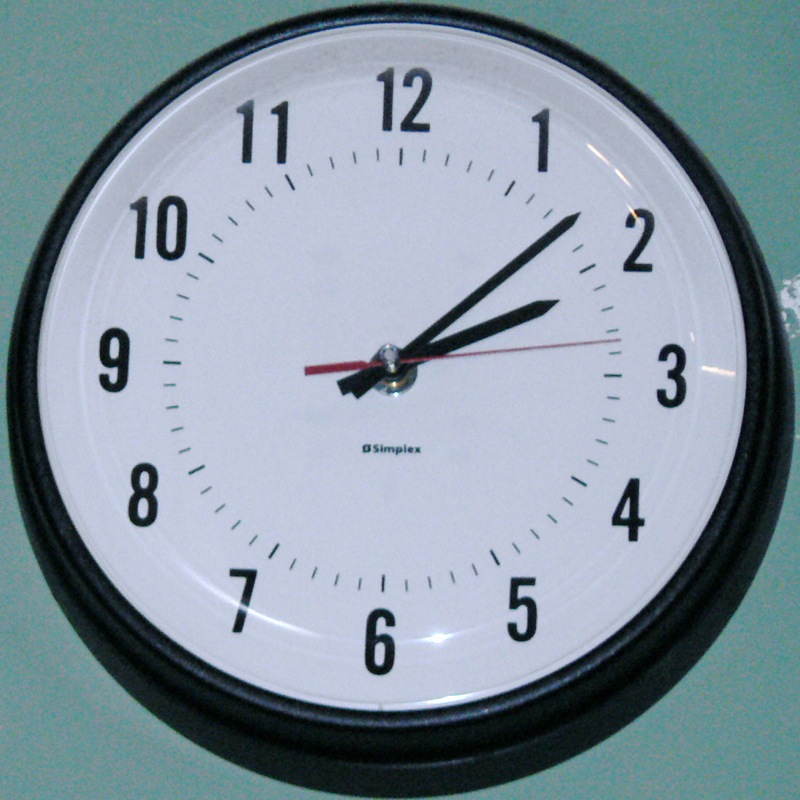

Note: In many Hispanic countries, printed schedules use the 24-hour clock. However, if a train is leaving at 13:05 you generally will not say the time as “trece y cinco” but rather “una y cinco.”
Actividad 33
¿Qué hora es? What time is it? State the time in Spanish based on the clocks you see in the pictures below. Be sure to start with “Son las” or “Es la..”
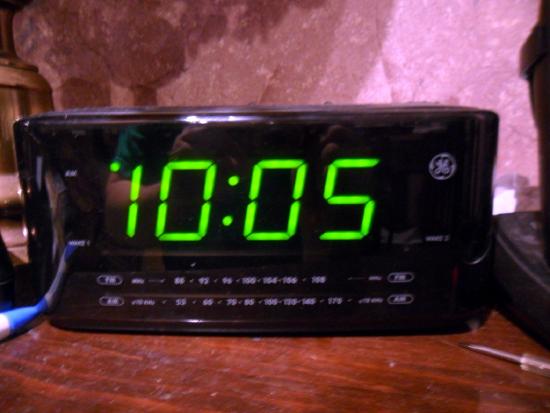
1. (AM) ________
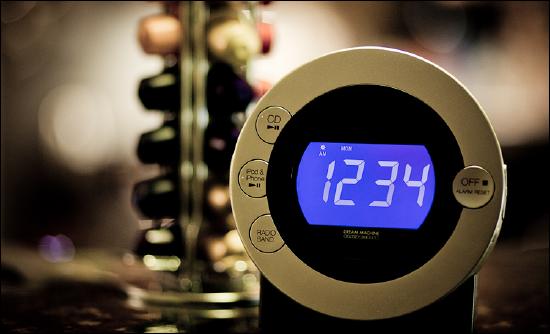
2. (PM) ________

3. (PM) ________
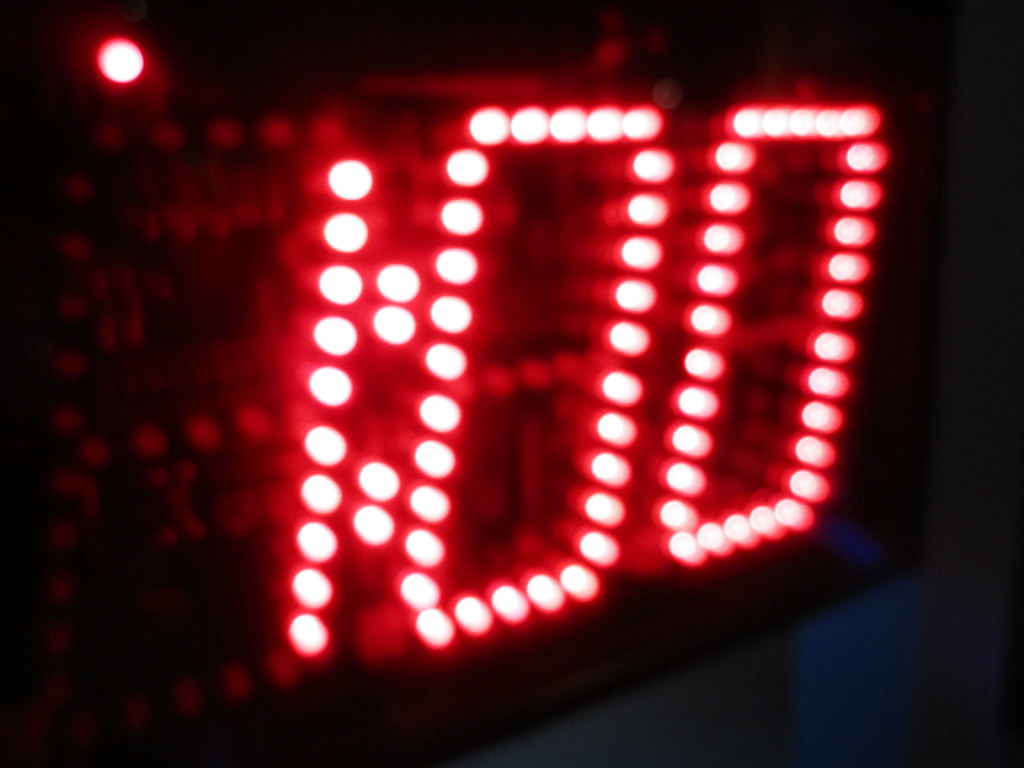
4. (AM) ________

5. ________
When discussing the time of an event, our initial phrase is a little different.
Instead of son las or es la:, we use a la or a las.
Like we saw before, a la is used for the one o’clock hour and a las is used for all other hours.
To ask, “What time is (an event)?” use the question: ¿A qué hora es (el evento)?
Por ejemplo:
¿A qué hora es la fiesta? (Es) a las ocho de la noche.
¿A qué hora es la clase de español? (Es) a las nueve y media de la mañana?
¿A qué hora es el concierto en el parque? (Es) a la una de la tarde.
Actividad 34
¿A qué hora es? Answer the questions about your schedule. Be sure to include de la mañana/tarde/noche with your answer. Audio
1. ¿A qué hora te levantas (do you get up)?
Me levanto ________
2. ¿A qué hora llegas (do you arrive) a la universidad?
Llego ________
3. ¿A qué hora tienes la clase de español?
Tengo la clase de español ________
4. ¿A qué hora almuerzas (do you eat lunch)?
Almuerzo ________
5. ¿A qué hora sales de (do you leave) la universidad?
Salgo ________

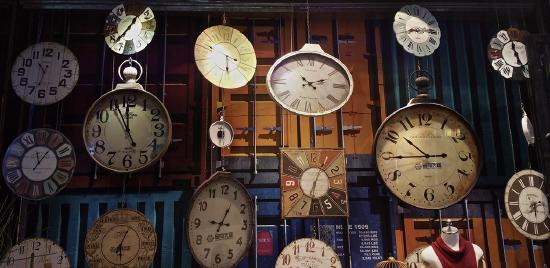
Actividad 35
El horario de autobúses. You recently took an internship for a travel agency in Madrid. Your job is to book bus tickets for American students arriving to the Madrid airport and then traveling to Salamanca for Spanish immersion classes. Based on the students’ flight arrival times and terminal information, determine which bus each student should take. Then state what time they will arrive to Salamanca.
Eric Johnson llega a las cinco y media de la tarde. Terminal 1.
El próximo autobús sale ________
Eric llega a Salamanca ________
Sarah Dougherty llega a la una menos veinte de la tarde. Terminal 1.
El próximo autobús sale ________
Sarah llega a Salamanca ________
Andrew Martínez llega a las diez y veinticinco de la mañana. Terminal 4.
El próximo autobús sale ________
Andrew llega a Salamanca ________
Hannah Smith llega a las nueve menos cuarto de la noche. Terminal 1.
El próximo autobús sale ________
Hanna llega a Salamanca ________
Sunali Sinha llega a las ocho de la mañana. Terminal 4.
El próximo autobús sale ________
Sunali llega a Salamanca ________
Andrea Wu llega a las seis y veintidós de la tarde. Terminal 4.
El próximo autobús sale ________
Andrea llega a Salamanca ________
David Blye llega a las diez menos veinticinco de la noche. Terminal 1.
El próximo autobús sale ________
David llega a Salamanca ________
| Origen MADRID AEROPUERTO | Destino SALAMANCA |
| Salida | Llegada Aprox. |
| 13:00 Barajas—T1 | 15:45—Salamanca |
| 13:15 Barajas—T4 | 15:45—Salamanca |
| 15:00 Barajas—T1 | 17:45—Salamanca |
| 15:15 Barajas—T4 | 17:45—Salamanca |
| 17:00 Barajas—T1 | 19:35—Salamanca |
| 17:15 Barajas—T4 | 19:35—Salamanca |
| 19:00 Barajas—T1 | 21:45—Salamanca |
| 19:15 Barajas—T4 | 21:45—Salamanca |
| 21:00 Barajas—T1 | 23:45—Salamanca |
| 21:15 Barajas—T4 | 23:45—Salamanca |
| 22:00 Barajas—T1 | 00:45—Salamanca |
| 22:15 Barajas—T4 | 00:45—Salamanca |
